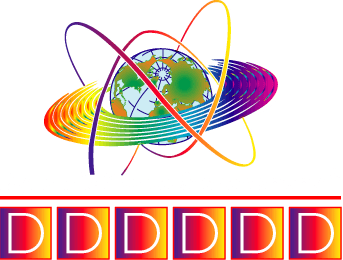 |
PETER HÜBNERClassical Composer
|


The 3 Artistic Pianos
Var. 4 – 8
13 Variations for 3 Pianos
A Digital Studio Recording Under the Artistic and Technical Direction of the Composer.
RRR 279
Total Playing Time: 60’02”
CLASSIC-LIFE: Mr. Hübner, You have called two groups of your piano concertos “Artistic Pianos” and “Virtuoso Pianos”.
We are obviously dealing with two different interpretations of the same compositions. Can you tell us something about this?
PETER HÜBNER: If you take a look at a classical score, then you will often find some information on the tempo – and since Beethoven also more precise information, such as: how many beats per minute. As I have previously explained on several occasions, the tempo in the interpretation of classical music is a delicate topic, as the wrong understanding of the tempo instructions in the work of our great classical tone creators usually leads to a fixed rhythm.
Most interpreters of today think that the instruction for the tempo is a tempo that has to be strictly observed. The truth is that, at least for the great classical composers, we are dealing with an average tempo, which varies, and then at most is in accordance with the average of a fixed tempo.
In the 3 Virtuoso Pianos, the pieces of music are played in a fixed tempo.
This corresponds to the usual understanding of today's interpretation of classical music. In the 3 Artistic Pianos, the same pieces of music were recorded with a variable tempo. On the back of the CD covers of both groups, you see that the total time of each corresponds.
The temporally fixed interpretation of the 3 Virtuoso Pianos appeal more to the physical and/or the body, prompting it to move, whilst the temporally variable interpretation of the 3 Artistic Pianos appeal more to the mind, and convey more distinctly the feeling of freedom to the listener. Both interpretations of these pieces for the piano provide practical examples for discussion on the fixed rhythm.
But I would like to emphasise that also in the 3 Virtuoso Pianos it is not the rhythm that is fixed but only the tempo: that speed of the run of the time.
The reason is the kind of composition.
The musical work of our great classical composers is written down only slightly differentiated from a rhythmical viewpoint, as these music creators didn’t find it necessary to write down the individual rhythmical nuances with scientific precision.
But that is why the great classical composers expected the interpreter, when interpreting the work, to dissolve the fixation presented in the notation, and to develop it into a rhythmically harmonious interpretation – as Liszt and others have already explained this, and as it has also been reported by Beethoven, Chopin and others.
That is what makes the interpretation of the score meaningful in the first place: the writing down, not the piece of work.
Independent of the musical value of my pieces for the piano we have mentioned, the recordings of the 3 Virtuoso Pianos and the 3 Artistic Pianos give us a practical comparison between two absolutely contrary ways of dealing with the tempo, which, among other things, make the difference between art and non-art. That is why I have catergorised the interpretation, in which the rhythm is liberated, under the group of the 3 Artistic Pianos, and the interpretation, which with the fixed tempo tends towards the fixed rhythm, under the group of the 3 Virtuoso Pianos.
The third group, the 3 Temperate Pianos, correspond rhythmically to the group of the Artistic Pianos, as they deal with the tempo freely. This is about guiding the different variations through all 12 keys.


